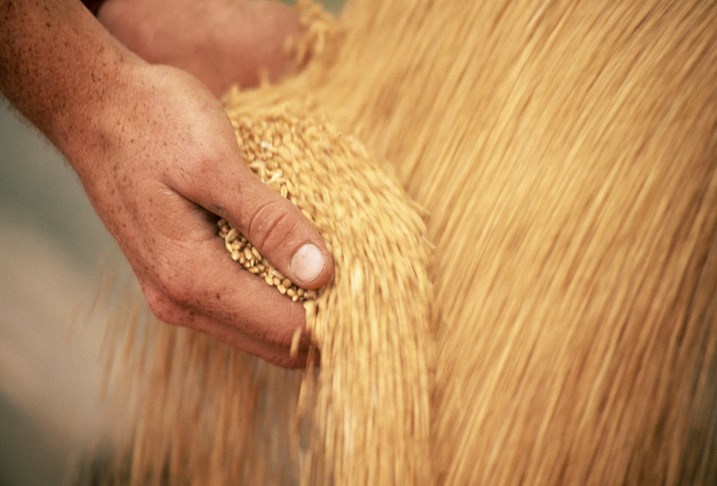Initially, the production of ethanol was looked at as a way to solve a range of issues in one relatively simple move.
To begin with production of ethanol from grains -- corn generally on a world basis, but from wheat, rice and other crops – was seen as creating a potentially massive new market that would help boost commodity prices away from basically feeding humans and livestock.
Ethanol is also an energy source that is renewable, and generally seen as greener than oil production, and both were seen as good goals to pursue.
But, when grain prices edged up, and subsidies to kick-start ethanol production began to decline, or disappear the ethanol sector has at best stagnated.
China, for example had set a mandate to have 10 per cent ethanol in fuel by 2020, but it is barely past two per cent.
The ethanol sector has stagnated.
The situation is one that might have been expected.
We are still in a world where population is expanding, and it stands to reason food demand comes first and while not the only reason, added demand helps keep prices high.
Ethanol production from grain makes sense but only at a certain cost for the grain stocks.
But, the idea of less reliance on fossil fuels and ‘greener’ fuel in terms of environmental impact remains worthy goals to pursue, and ethanol is still an option for that.
But, the production of ethanol won’t be from grain especially long-term.
What is needed is more science research to create ethanol from non-grain materials.
Researchers are developing methods to convert crop residue, wood pulp, animal waste and garbage into ethanol.
That is the future of ethanol/biofuel production, if it can be made economically viable.
Therein, lies the key for all alternative energy sources, they must be able to compete cost wise with existing sources. While there may be good reasons to spend more for more environmentally conscious sources of energy, it is a huge ask for many consumers to pay more.
The price tag is still an important determining factor for many consumers working on increasingly cash strapped consumers.
Recycled paper makes great sense, but it has to be cost competitive.
Long lasting light bulbs make sense but they need to be cost-competitive too.
It’s the same scenario for biofuels.
That means the future of ethanol, if there is to be a future, is in the hands of science, as the sector evolves away from grain as a base source.





